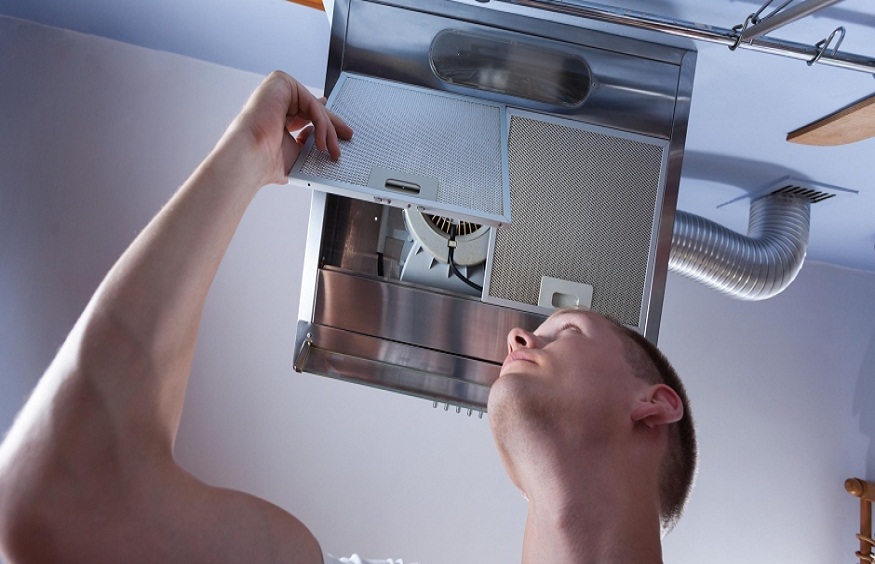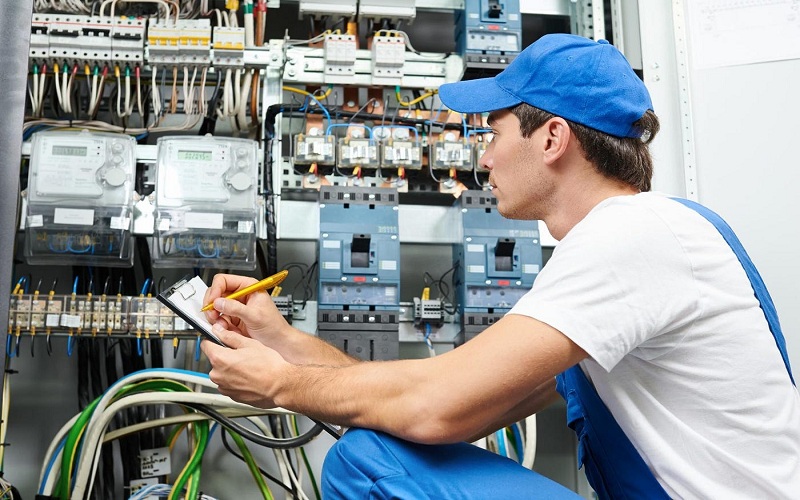Receiving the results of an indoor air quality test can be both helpful and overwhelming. Whether the results show good air quality or possible hazards, understanding how to evaluate the findings and take proper action is critical. This article will walk you through the measures you should take after obtaining your indoor air quality testing results to ensure your environment remains healthy and safe.
Understanding the Results
After obtaining your indoor air quality testing results, the first step is to review them carefully. The report will often include information on various contaminants, allergies, and other factors influencing indoor air quality. Dust, mould, volatile organic compounds (VOCs), humidity levels, and carbon monoxide are all possible culprits. Understanding what these factors entail for your indoor environment is critical in selecting the following actions.
If the report shows that air quality is within permissible standards, you can be sure that your present precautions are working. However, if the results show elevated levels of specific contaminants, it is critical to determine which regions require attention. Consulting the test provider or a professional might assist in clarifying any ambiguous wording and providing more information about the results.
Addressing Specific Issues
Once you’ve understood the results, the following step is to remedy any specific issues discovered during the indoor air quality testing. If the study identifies significant levels of dust, mould, or allergies, immediate action is required to eradicate these pollutants. This could include deep cleaning, boosting ventilation, or addressing moisture sources that may be causing mould growth.
Those exposed to excessive amounts of VOCs or other chemical contaminants should prioritise reducing their exposure. This could include removing or replacing particular materials, such as carpets or furniture, or employing air purifiers with activated carbon filters to limit the amount of hazardous substances. These procedures can significantly improve indoor air quality and lower the health risks of poor air conditions.
Implementing Long-term Solutions
After resolving urgent concerns, it is critical to establish long-term solutions to ensure excellent air quality. This involves regular maintenance of heating, ventilation, and air conditioning (HVAC) systems to ensure they work correctly and effectively filter out contaminants. Keeping humidity levels under control is critical, as excess moisture can promote mould growth and other air quality issues.
Introducing plants recognised for their air-purifying properties can also help keep the air cleaner. Furthermore, employing natural cleaning solutions and avoiding harsh chemicals can help limit the entry of new pollutants into the interior environment. These modifications can create a healthier environment and prevent future air quality issues.
Monitoring and Re-Testing
Indoor air quality is not constant; it can fluctuate over time for various reasons such as weather conditions, renovations, or the addition of new materials to your area. As a result, even after any acute problems have been resolved, it is critical to check air quality regularly.
Periodic re-testing can help confirm that the safeguards you’ve implemented are adequate and that the air quality stays safe. Keeping an eye on any changes in air quality might also warn you of potential concerns before they worsen. Regular indoor air quality testing should be part of your home or business maintenance schedule.
Conclusion
Receiving your indoor air quality testing findings is the start of your road to a healthier indoor environment. Understand the data, address specific issues, and develop long-term solutions to keep your space safe and enjoyable. Regular monitoring and re-testing will aid in the long-term maintenance of high air quality. Taking these steps after getting your indoor air quality testing findings is critical for the health of everyone who uses the space.





